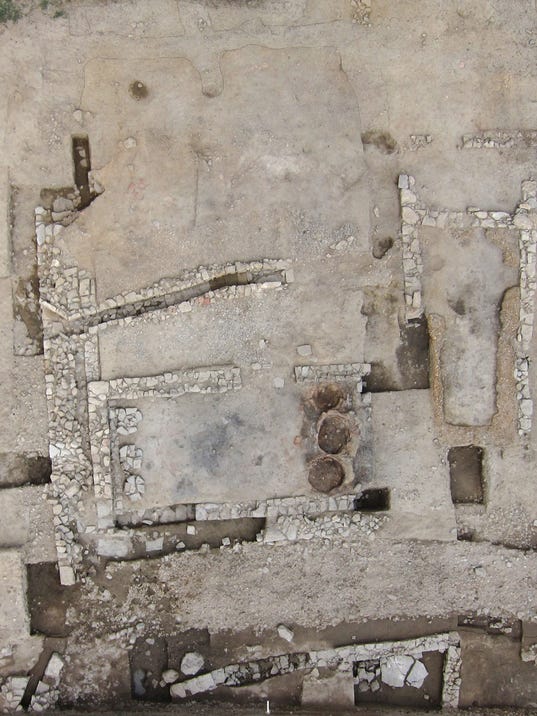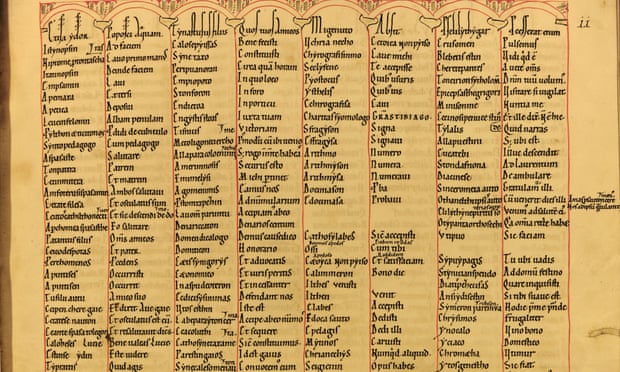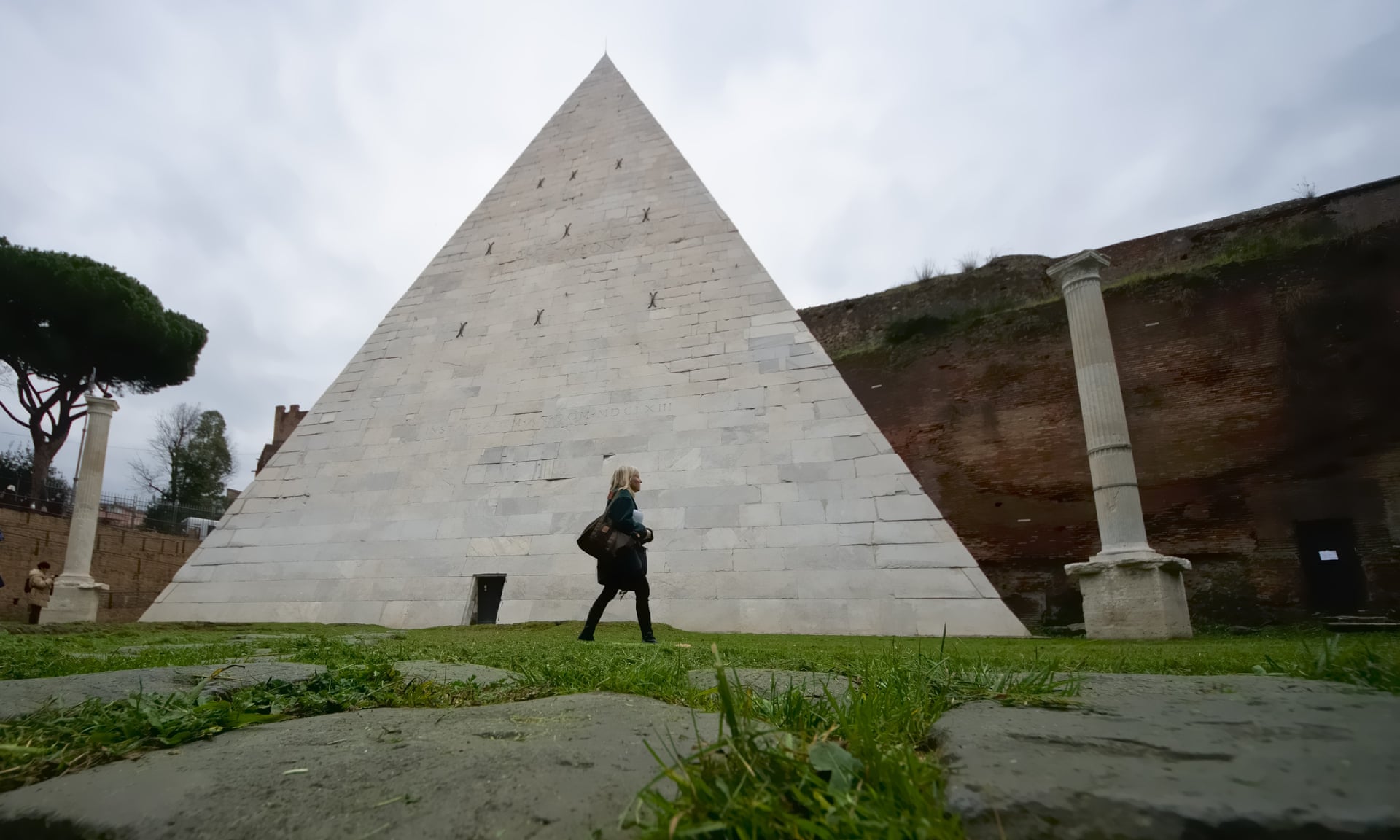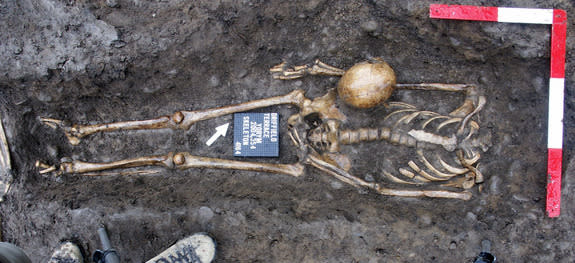The Temple of Apollo, one of the areas most affected by heavy foot-fall.
Photo: Ian Scott/Flickr
Tourists on cruises are being advised to change their itineraries and check out lesser-known archaeological sites.
Last week, the five towns of Cinque Terre announced that they could no longer cope with the barrage of tourists making their way along the breathtaking coastal walkways. Tourist numbers will be capped and once the daily limit is reached, no more people will be allowed into the Unesco site.
It seems that Pompeii too is struggling from the high numbers of visitors traipsing round the ancient site - and one group in particular is thought to be to blame.
"Cruise-tourists are wearing out the ruins of Pompeii. The entrance steps of the Temple of Apollo, in particular, have been ruined by the influx of tourists,” claimed Adele Lagi, from Unesco, at a conference organized by the non-profit organization I Love Pompeii.
Read the rest of this article...











%20A%20Roman%20fresco%20which%20more%20than%202m%20wide%20and%201.5%20metres%20high%20(c)MOLA.jpg)

